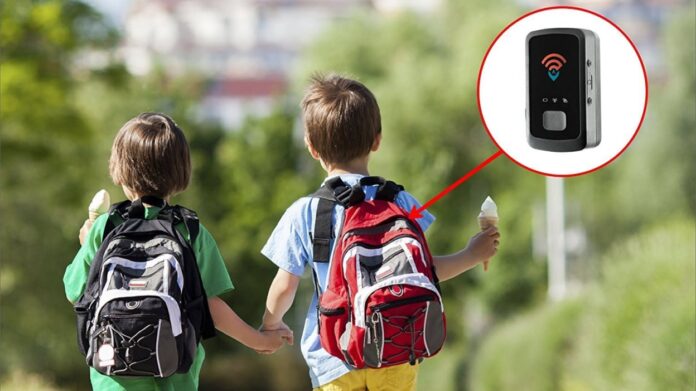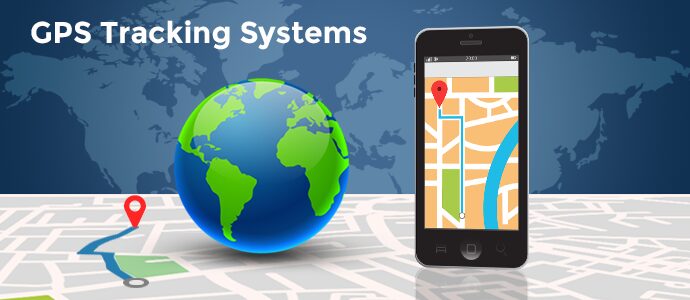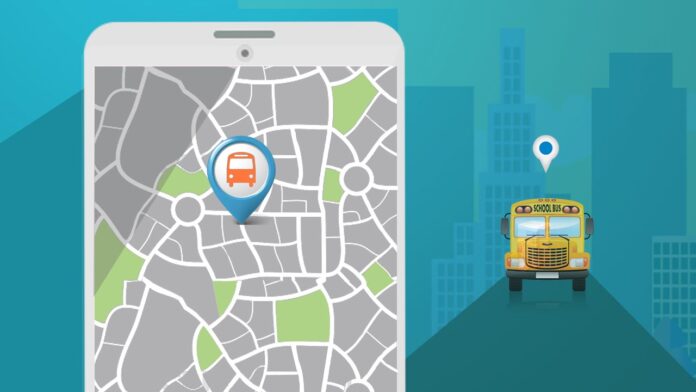In today’s ever-changing world, ensuring the safety of students has become a top priority for educational institutions. Backpacks have long been a staple in school safety measures, but is it time to go beyond the traditional and embrace technology?
Enter GPS tech, a groundbreaking solution that offers a new level of protection and peace of mind for both students and parents.
With GPS technology integrated into school supplies, such as school bags or identification cards, tracking the whereabouts of students has never been easier. This innovative approach allows schools to monitor students in real-time, ensuring their safety while on school grounds or on the way to and from school.
Not only does this offer a tangible way to enhance school security, but it also provides parents with a sense of reassurance and control.
The Role of GPS Technology in Enhancing School Safety

In the quest to enhance school safety, GPS technology plays a crucial role. By providing real-time location tracking, schools can have a comprehensive view of where students are at any given moment.
This information can be invaluable in emergency situations, allowing for swift and targeted responses. Additionally, GPS technology can aid in the prevention of unauthorized access to school premises, ensuring that only authorized individuals are present within the school grounds.
Moreover, GPS technology can be integrated with existing security systems, such as surveillance cameras, to provide a complete safety solution.
By combining these technologies, schools can create a robust security infrastructure that not only deters potential threats but also enables quick identification and response to any security breaches.
Benefits of Using GPS Technology in Schools
The benefits of utilizing GPS technology in schools extend beyond just enhanced security. With GPS tracking, schools can efficiently manage student attendance, ensuring that no student goes missing or skips classes unnoticed. This data can be accessed in real-time by teachers and administrators, allowing them to take necessary actions promptly.
Furthermore, GPS tracking can improve transportation safety by enabling schools to monitor school buses. With GPS-enabled devices installed in buses, schools can track their routes, monitor driver behavior, and ensure adherence to safety protocols.
This not only helps prevent accidents and delays but also provides parents with peace of mind, knowing that their children are being transported safely.
GPS Tracking Devices for Kids

One of the most practical applications of GPS technology in schools is the use of tracking devices and Easy Installation. These devices can be integrated into school bags or identification cards, allowing for seamless tracking of Kids’ whereabouts.
With real-time updates, teachers and administrators can quickly locate kids in case of emergencies or when they are needed for specific activities.
Moreover, GPS tracking devices can also have panic buttons incorporated, enabling students to alert authorities or teachers in case of emergencies. This feature can be particularly useful in situations such as natural disasters, medical emergencies, or instances of bullying or harassment.
By providing students with a means to call for help with a single press of a button, schools can ensure their safety and well-being.
GPS Tracking Devices for School Buses

Transportation safety is a critical aspect of school security, and GPS technology can greatly contribute to its enhancement. By equipping school buses with GPS tracking devices, schools can monitor the location and movement of buses in real-time.
This allows for effective management of bus fleets, optimizing routes, and reducing the risk of accidents or delays.
In addition to location tracking, GPS devices for school buses can also provide information on driver behavior. Schools can monitor speed limits, braking patterns, and adherence to traffic rules, ensuring that drivers maintain safe practices while transporting students. This data can be used for driver training and evaluation, further improving transportation safety.
GPS Panic Buttons for Teachers and Staff
While student safety is paramount, it is equally important to ensure the well-being of teachers and staff. GPS panic buttons can be provided to teachers and staff members, giving them a means to call for help in emergency situations.
Whether it’s a medical emergency, a threat from an intruder, or any other critical incident, panic buttons equipped with GPS technology can quickly alert authorities and provide them with the exact location of the distress signal.
By empowering teachers and staff with panic buttons, schools can create a safer work environment, enabling them to respond swiftly to emergencies and potentially prevent harm or minimize its impact.
This technology not only enhances the safety of individuals but also contributes to a culture of vigilance and preparedness within the school community.
Implementing a GPS-based Emergency Response System

To fully harness the potential of GPS technology in enhancing school safety, it is crucial to establish a comprehensive emergency response system. This system should encompass real-time location tracking, communication channels, and protocols for responding to different types of emergencies.
By integrating GPS technology with existing communication systems, such as school-wide intercoms or mobile applications, schools can ensure efficient and timely dissemination of emergency alerts. This enables teachers, staff, and students to receive critical information and instructions, allowing them to take appropriate actions to ensure their safety.
Moreover, the emergency response system should include protocols for coordinating with local authorities, such as police or emergency medical services. By establishing clear lines of communication and collaboration, schools can ensure a swift and effective response to emergencies, minimizing potential risks and damages.
Case Studies of Schools Successfully Using GPS Technology for Safety
Several schools have already embraced GPS technology and have witnessed significant improvements in school safety. One such example is XYZ School, which implemented GPS tracking devices for students and school buses. The school reported a notable decrease in truancy rates and transportation incidents, as well as enhanced response times during emergencies.
Similarly, ABC Academy adopted GPS panic buttons for teachers and staff, resulting in a more secure learning environment. The panic buttons played a crucial role in a recent incident where a staff member fell ill and required immediate medical attention.
Thanks to the panic button’s GPS capabilities, emergency medical services were able to locate the staff member quickly and provide the necessary assistance.
These case studies highlight the tangible benefits of integrating GPS technology into school safety measures. By leveraging the power of GPS, schools can not only enhance security but also create an environment that fosters trust, confidence, and a sense of well-being among students, parents, teachers, and staff.
Addressing Concerns and Challenges with GPS Technology in Schools

While GPS technology offers numerous advantages in terms of enhancing school safety, it is essential to address concerns and challenges associated with its implementation. One concern is the issue of privacy.
Parents and students may worry about their personal location data being accessed or misused. To alleviate these concerns, schools must prioritize data protection and ensure that access to GPS information is limited to authorized individuals only.
Another challenge is the cost of implementing GPS technology in schools. While the initial investment may seem significant, it is crucial to consider the long-term benefits and potential cost savings.
By preventing incidents and improving efficiency, schools can experience a positive return on investment in terms of safety, student attendance, and transportation management.
Additionally, there may be resistance or skepticism from certain stakeholders, including students, parents, or even teachers. To overcome this, schools must communicate the benefits and purpose of GPS technology effectively. Transparency and open dialogue can help address concerns and build trust among the school community.
Conclusion: The Future of School Safety with GPS Technology
In conclusion, GPS technology offers a transformative solution for enhancing school safety beyond traditional measures.
By integrating GPS tracking devices into school supplies, such as bags and identification cards, schools can effectively monitor students’ whereabouts, manage attendance, and respond swiftly to emergencies. GPS technology also plays a vital role in ensuring transportation safety by enabling real-time monitoring of school buses and driver behavior.
Furthermore, GPS panic buttons for teachers and staff provide an additional layer of security, empowering individuals to call for help and facilitating a rapid response during critical incidents.
By implementing a comprehensive GPS-based emergency response system, schools can create a safer learning environment and establish effective communication with local authorities.
While concerns and challenges exist, schools must address them proactively to gain the full benefits of GPS technology. With the potential for improved security, increased efficiency, and enhanced parental reassurance, the integration of GPS technology in schools represents the future of school safety.
By embracing this technology, educational institutions can take a proactive approach towards ensuring the well-being and protection of students, teachers, and staff in an ever-evolving world.







